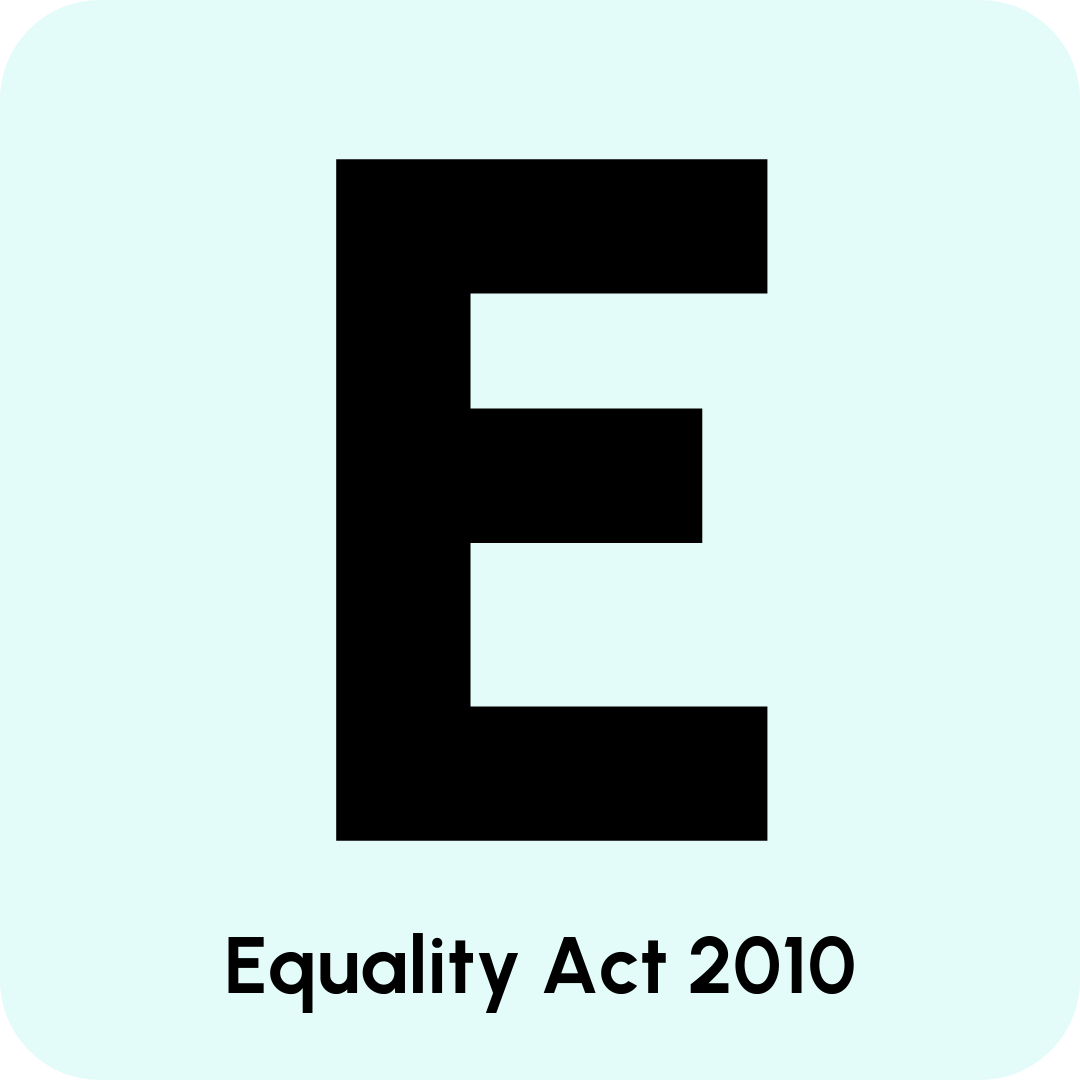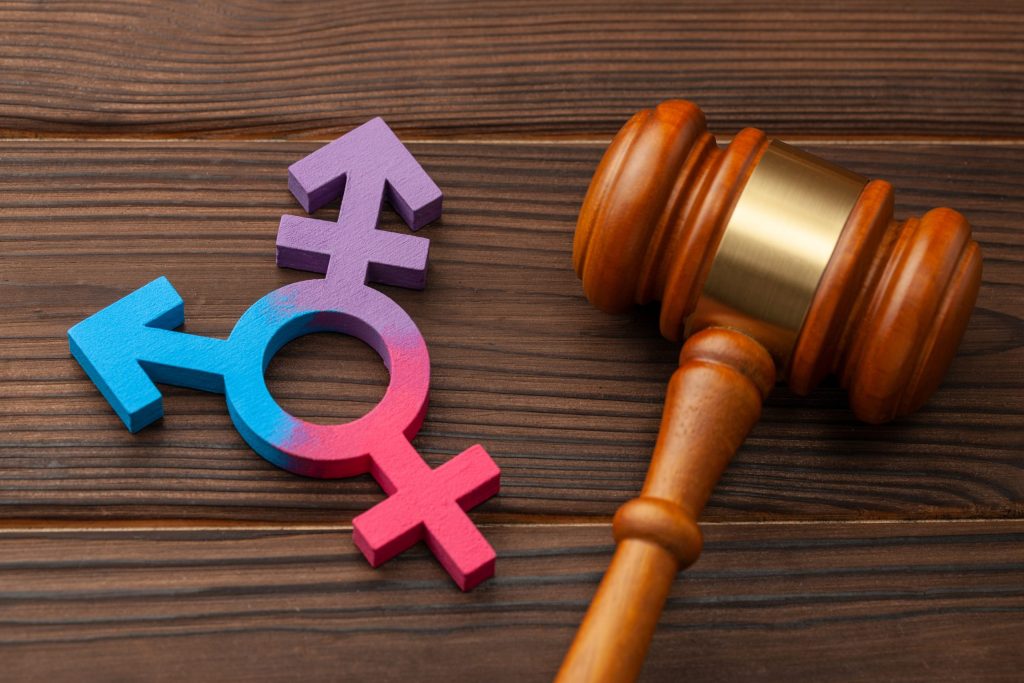Why does the Equality Act 2010 matter for your business?
Ignoring the Equality Act 2010 has serious consequences:
- Legal Risks: Discrimination claims can lead to costly tribunal cases and unlimited compensation awards.
- Reputation Damage: Negative publicity can harm your employer brand and ability to attract talent.
- Productivity impact: Discrimination and poor inclusivity reduce morale, engagement, and performance.
When managed well, compliance brings clear business benefits:
- Attract and Retain Talent – a diverse and inclusive workforce appeals to top candidates.
- Boost Innovation – different perspectives lead to better problem-solving and creativity.
- Strengthen Culture – fairness and respect underpin trust and collaboration.
- Meet Client and Customer Expectations – many organisations now expect suppliers to demonstrate diversity and equality commitments.







